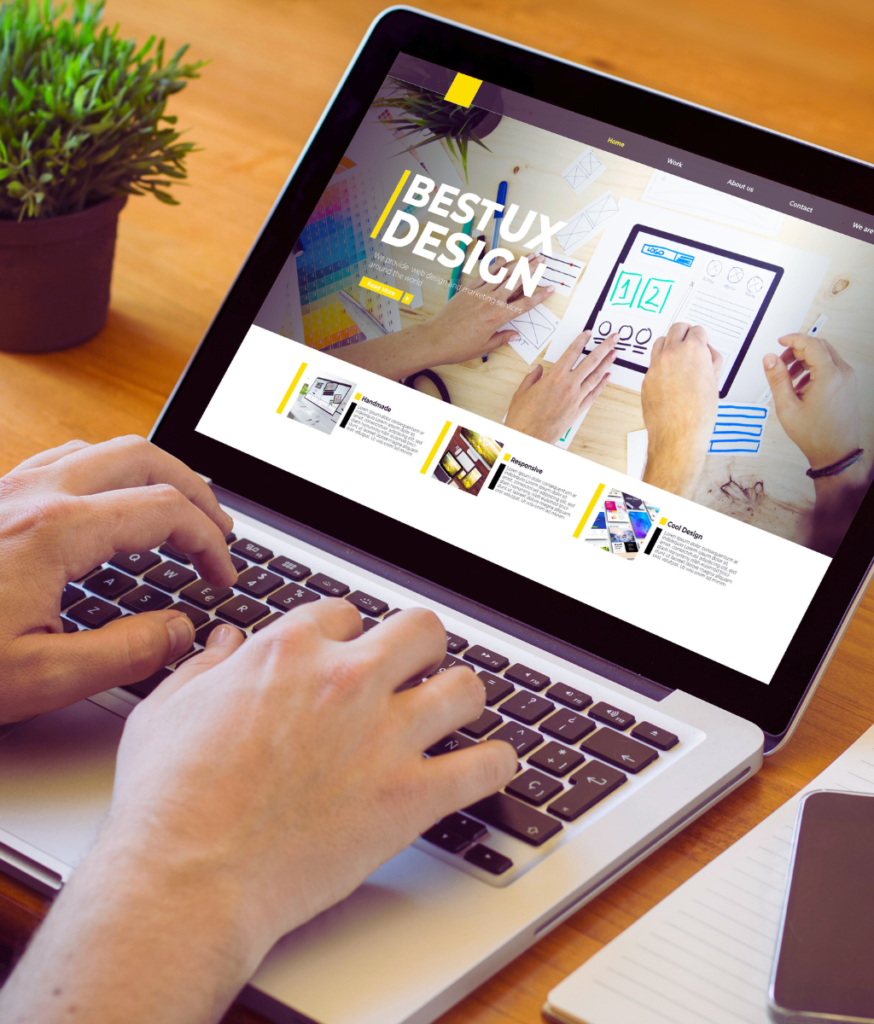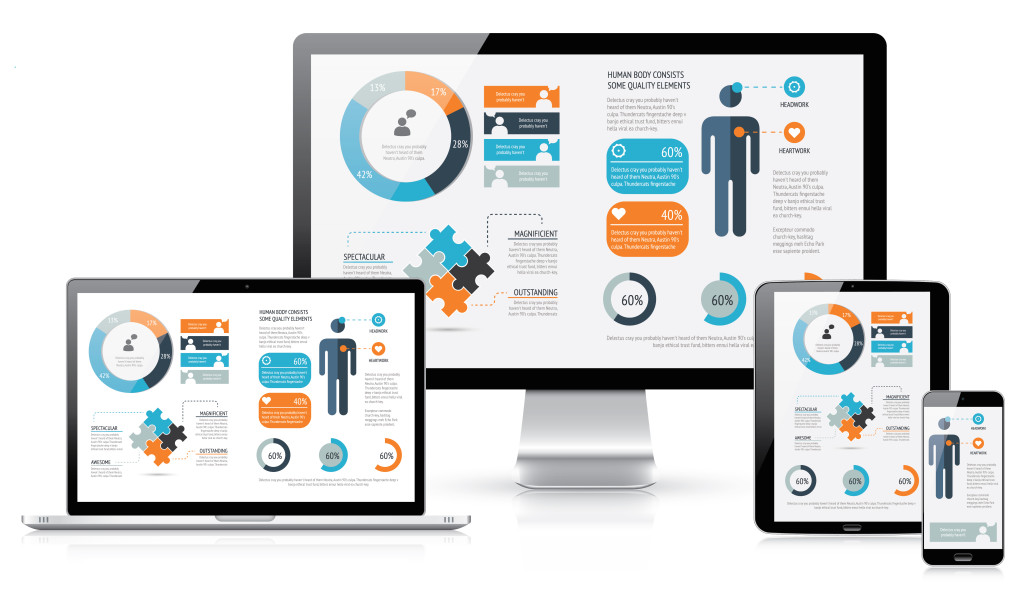The Future of Digital Marketing: Web Design Pretoria Trends to View
The Future of Digital Marketing: Web Design Pretoria Trends to View
Blog Article
Finest Practices for Developing User-Friendly Web Style
In the ever-evolving landscape of web design, establishing an user-friendly user interface is extremely important for involving target markets and driving conversions. As we explore these foundational concepts, it comes to be clear that efficient user experience design not just fulfills individual expectations but additionally establishes the stage for deeper engagement.
Simplify Navigation
A streamlined navigating system is necessary for improving individual experience on any website. Effective navigation allows users to locate the info they seek promptly and effortlessly, thus reducing frustration and raising the probability of engagement. A clear format that categorizes web content rationally is critical; customers must intuitively comprehend where to click for particular details.
Employing a straightforward high-level navigation bar, enhanced by drop-down menus for subcategories, aids in keeping an organized framework. It is important to restrict the number of primary navigating links to stay clear of overwhelming individuals; generally, 5 to 7 choices are optimum. Additionally, utilizing detailed labels improves quality, enabling customers to discern the material of each area at a look.
Incorporating a search feature better enriches the navigation experience, specifically for content-rich websites. When looking for certain information, this function encourages users to bypass standard navigating courses. Consistent design aspects across all web pages enhance familiarity, enabling customers to navigate with confidence.
Maximize for Mobile

To start with, take on a responsive design strategy that instantly changes the design and content based upon the display size. This adaptability makes certain that individuals have a constant experience across tools. Next off, prioritize touch-friendly user interfaces by making sure buttons and web links are easily clickable, lessening the need for zooming.
In addition, think about the significance of succinct content discussion. Mobile individuals typically look for fast information, so using methods like collapsible menus or accordions can boost functionality without overwhelming the user. In addition, make sure that font styles are legible, and image sizes are optimized for faster loading.
Lastly, examination your web site on various mobile phones and operating systems to determine potential concerns. By dealing with these components, you will develop an user-friendly mobile experience that maintains users involved and encourages them to discover your offerings further - Web Design Pretoria. Focusing on mobile optimization is important for attaining a straightforward web layout in a progressively mobile-centric globe
Enhance Loading Speed
Filling speed is an important factor that can dramatically impact individual complete satisfaction and engagement on a web site. Researches indicate that individuals anticipate pages to pack in 2 secs or less; beyond this threshold, the probability of desertion enhances dramatically. Maximizing filling rate is crucial for retaining visitors and improving overall website efficiency.
To boost filling rate, a number of best practices need to be applied. Initially, maximize pictures by compressing them without sacrificing top quality, which can drastically lower data sizes. Additionally, utilize internet browser caching view publisher site to keep duplicates of data locally, enabling faster lots times for returning visitors. Minifying CSS, JavaScript, and HTML documents can likewise help by getting rid of unnecessary personalities and areas, therefore reducing the amount of code that requires to be processed.

Usage Regular Design Elements
Establishing a cohesive visual identity is vital for boosting customer experience on an internet site. Consistent design elements, including color systems, typography, switches, and layout structures, develop a unified appearance that aids customers browse easily. When individuals run into acquainted patterns and designs, their cognitive lots is minimized, permitting them to concentrate on material instead of deciphering varying layout facets.
Making use of a standard shade combination strengthens brand recognition and fosters a psychological link with customers. In a similar way, preserving constant typography-- such as font styles, sizes, and weights-- ensures readability and adds to a refined appearance. Furthermore, uniform switch styles and interactive elements assist customers with ease with the site, boosting functionality.
Moreover, a natural design helps develop an organized circulation of info, making it simpler for customers to absorb and locate web content. Each page needs to show the same style principles to avoid confusion and disorientation.
Prioritize Ease Of Access
A natural visual identification not only boosts navigation yet also establishes the stage for focusing on accessibility in website design. Availability ensures that all individuals, including those with specials needs, can connect and navigate with an internet site efficiently. To attain this, web designers have to stick to developed guidelines, such as the Web Material Accessibility Guidelines (WCAG)
Applying features like alt text for photos, keyboard navigability, and suitable shade comparison can considerably boost the customer experience for individuals with visual, acoustic, or cognitive useful site problems. It is essential to utilize semantic HTML to framework web content realistically, enabling assistive modern technologies to interpret and convey details properly to go to this web-site users.
Furthermore, supplying multiple ways of involvement-- such as text options for audio and aesthetic material-- can satisfy diverse individual demands. Normal usability testing with participants who have handicaps can uncover potential barriers that may not be right away evident throughout the style phase.
Eventually, prioritizing availability not only abides by legal standards but also widens the possible target market, promotes inclusivity, and improves overall site use (Web Design Pretoria). By installing availability right into the style process, programmers can develop a much more equitable digital landscape for everyone
Verdict

As we check out these fundamental concepts, it becomes clear that efficient individual experience layout not just meets individual expectations however additionally sets the stage for deeper interaction. Mobile individuals usually seek quick information, so utilizing methods like retractable food selections or accordions can enhance usability without overwhelming the user. When individuals run into familiar patterns and designs, their cognitive load is minimized, enabling them to focus on web content rather than decoding differing layout facets.
In recap, applying ideal techniques for user-friendly internet layout significantly enhances the total customer experience. Sticking to these standards promotes a positive connection between users and digital systems, inevitably advertising individual fulfillment and retention.
Report this page